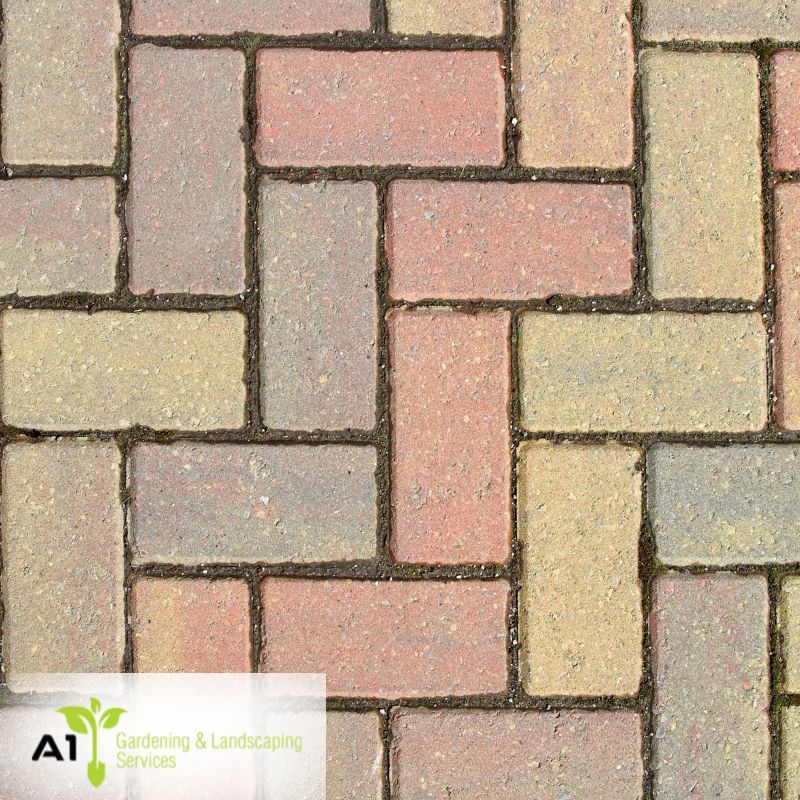If you’re deciding between paving styles, it’s easy to get overwhelmed by all the options. But when it comes to durability, design, and long-term value, herringbone brick paving stands head and shoulders above the rest. This pattern has stood the test of time for a reason. It blends visual appeal with practical function, making it ideal for high-traffic areas and homes that want a sharp look without constant upkeep.
From driveways and patios to walkways and courtyards, herringbone brick paving has earned its place as a go-to for Aussie landscapes. You won’t just get a sturdy surface—you’ll get one that resists movement, drains properly, and still looks good ten years down the track. If you’ve had it up to here with cracked concrete or pavers that shift with every downpour, this pattern offers a smart fix.
Let’s dig into what makes herringbone paving a standout—and why it might be the answer you’ve been looking for.
What challenges arise with traditional paving methods?
While classic paving patterns like basketweave or stretcher bond might seem appealing at first, they can fall short over time. These designs often struggle with:
- Poor weight distribution, especially under heavy loads
- Weaker resistance to ground movement
- Susceptibility to weed growth between joints
- Less grip underfoot during wet conditions
These issues mean traditional layouts often require frequent repairs and re-levelling. In Sydney’s climate, where rain and heat can play havoc with surfaces, that’s a hassle no one wants.
If you’ve dealt with sunken pavers or shifting driveways before, you’ll know how annoying and costly those fixes can become.
How does fixing uneven surfaces become a problem?
Once a paved area starts shifting or sinking, it’s not just an eyesore—it becomes a safety risk. Uneven paving:
- Creates trip hazards for anyone walking over it
- Allows water to pool and damage surrounding surfaces
- Often signals deeper issues like poor base preparation
You could lift and reset affected pavers, but that’s only a band-aid. The smarter approach is to avoid the issue altogether with a layout that naturally reinforces itself.
That’s where a long-lasting interlocking brick pattern road design makes all the difference. The herringbone format disperses pressure diagonally, giving it strength that traditional layouts simply can’t match.
Why can subpar herringbone brick paving installations be costly?
Herringbone patterns are powerful—but only when installed correctly. Sloppy execution leads to:
- Misaligned bricks that lose the interlock advantage
- Poor edge restraint, allowing shifting at the borders
- A weak base that collapses under stress
This results in the need for rework, and rework isn’t cheap.
To avoid these pitfalls, it’s critical to rely on professionals who understand how to prep the base, lay bricks tightly, and cut corners properly. Without that know-how, even the best materials won’t save you.
If you’re unsure what quality looks like, review this guide to interlocking brick pattern guidelines to see what standards matter.
How does herringbone brick paving solve drainage and cracking issues?
Thanks to its 45- or 90-degree angles, herringbone brick paving resists movement from all directions. This provides major advantages in the Australian weather:
- Water drains evenly without pooling between bricks
- The interlock stops individual bricks from drifting or lifting
- Cracks are rare, even with ground movement
Here’s a look at how herringbone stacks up against other layouts:
| Paving Pattern | Resistance to Movement | Drainage Capability | Long-Term Durability |
| Herringbone | High | Excellent | Very High |
| Stretcher Bond | Low | Fair | Moderate |
| Basketweave | Medium | Poor | Low |
| Running Bond | Low | Fair | Moderate |
It’s no surprise that more homeowners are opting for a durable driveway brick pavement style solution that holds its shape, even after years of use.
What design flexibility does herringbone brick paving offer?
You might think strength comes at the expense of looks, but not here. Herringbone delivers both. It suits traditional homes, modern builds, and everything in between.
- Bricks can be arranged in 45° or 90° patterns
- Works with clay, concrete, or reconstituted stone materials
- Colours range from rustic reds to modern greys
- Matches seamlessly with garden beds, edging, or turfed areas
Better yet, it’s easy to combine with other patterns for borders or highlights.
You’ll find plenty of design ideas by browsing this collection of premium residential brick paving layout ideas used across Sydney’s top outdoor projects.
How can you maintain herringbone brick paving over time?
The beauty of this style is how low-maintenance it is, especially when installed on a stable base. Still, regular care helps keep it looking fresh:
- Sweep weekly to clear dirt and grit
- Rinse with a hose or pressure cleaner every few months
- Reapply joint sand as needed to stop weeds
- Consider sealing every few years for extra stain protection
By following those steps, you’ll stretch the life of your paved space and avoid future headaches.
It’s also worth reviewing these durable brick pavement style maintenance tips from government sources. They highlight best practices for weather-resistant longevity.
Final thoughts on choosing herringbone brick paving
Herringbone brick paving brings together the best of both worlds—solid engineering and aesthetic charm. Whether you’re tackling a narrow garden path or a full-width driveway, this pattern won’t let you down.
You’ll get a surface that handles pressure, sheds water, and still looks sharp year after year. And with so many materials and colours to choose from, it’s simple to match the rest of your home’s style.
If you’re weighing up your options, have a look at this elegant herringbone patio brick design alternative compared to your current setup. The performance difference is clear.
For more tailored advice on your project, explore a helpful walkthrough from A1 Gardening & Landscaping Sydney—you’ll find practical guidance that fits your site and goals.

